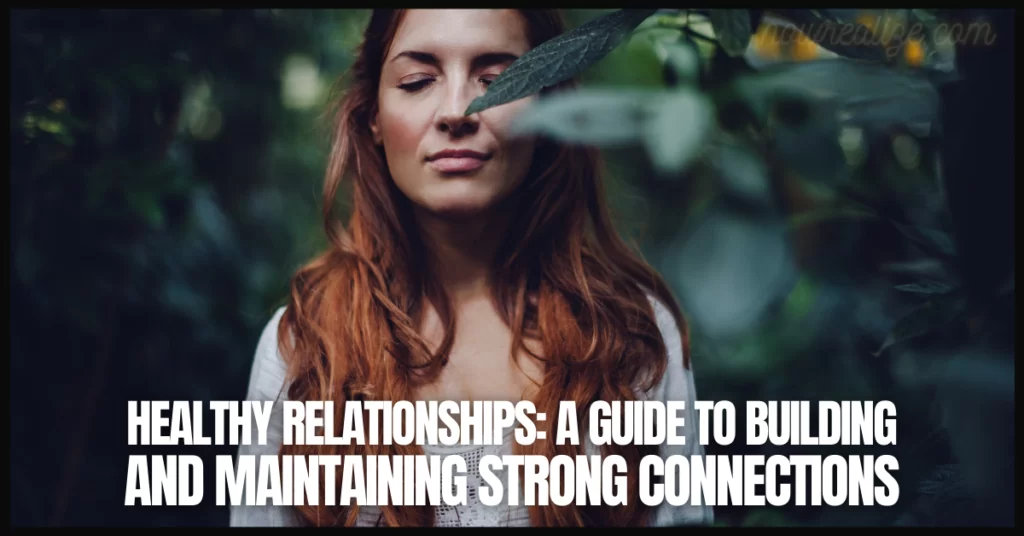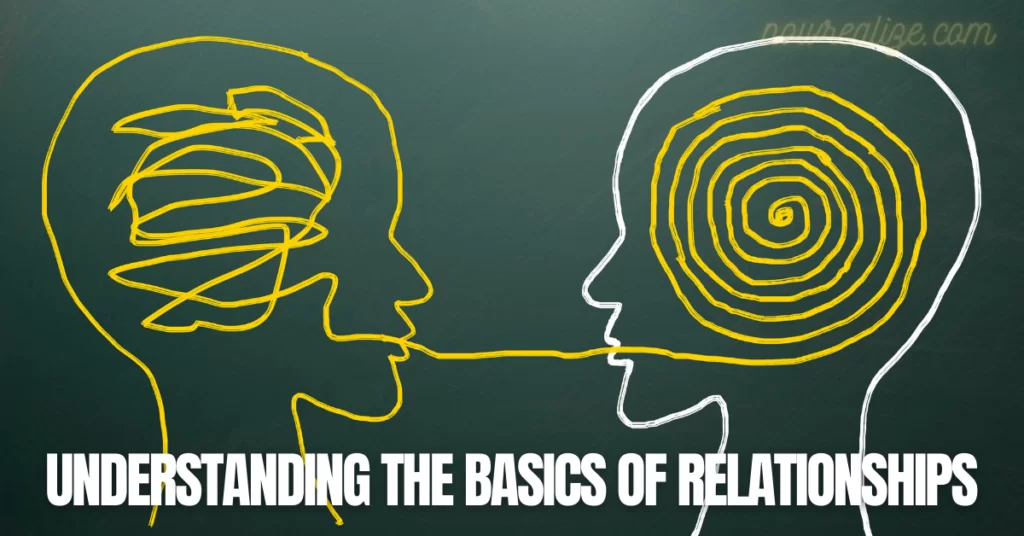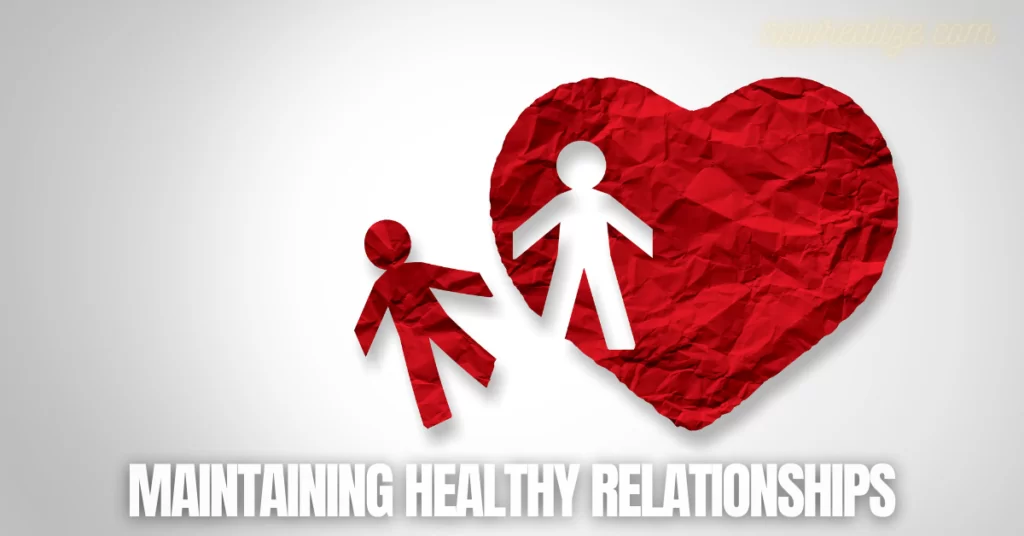
Table of Contents
Introduction
Relationships are an essential part of our lives, and having healthy ones can greatly enhance our overall well-being. But what exactly is a healthy relationship? A healthy relationship is one where both partners communicate effectively, trust each other, have a strong emotional connection, and respect each other’s boundaries.
In this guide, we will dive into the basics of relationships, explore how to build strong connections and provide tips for maintaining and overcoming challenges in relationships. Whether you’re in a new relationship or have been in a long-term one, this guide will provide valuable insights and tools to help you create and sustain a healthy relationship.
Understanding the Basics of Relationships

The Art of Communication: Verbal and Non-Verbal Dynamics
Building and maintaining a healthy relationship is a dynamic process that requires continual effort and attention. Effective communication is at the heart of any successful cooperation. It involves not only expressing one’s thoughts and feelings but also actively listening and understanding the perspective of your partner. The art of communication involves both verbal and non-verbal cues, fostering an environment where open dialogue is encouraged.
Trust and Transparency: Pillars of Relationship Stability
Trust and transparency serve as pillars supporting the relationship structure. Trust is earned through consistent honesty, reliability, and integrity. When partners feel confident in each other’s words and actions, a deep sense of security blossoms. Transparency involves sharing thoughts, concerns, and aspects of one’s life willingly, creating a connection built on mutual understanding.
Emotional Intelligence: Navigating the Emotional Landscape
Emotional intelligence, often overlooked but invaluable, plays a pivotal role. This skill encompasses self-awareness, self-regulation, empathy, and social skills. Developing emotional intelligence allows individuals to navigate the complexities of emotions, both their own and their partners, fostering a deeper connection and understanding.
Boundaries: Creating a Healthy Balance
Establishing and respecting boundaries is crucial for maintaining a healthy balance in the relationship. Partners should be comfortable expressing their needs, desires, and limits, creating a framework that ensures mutual respect. This also involves understanding that both individuals in the relationship are separate entities with their own unique identities and personal space.
Respect: The Currency of Thriving Relationships
Respect is the currency of a thriving relationship. It involves recognizing and appreciating the differences, acknowledging each other’s perspectives, and valuing the individuality of your partner. This creates an atmosphere of acceptance and support, fostering a sense of security and stability.
Intimacy: Prioritizing Trust, Communication, and Respect
Intimacy, both emotional and physical, flourishes in an environment where trust, communication, and respect are prioritized. Connecting on a deeper level requires vulnerability and authenticity, allowing for a genuine and meaningful bond to develop.
Embracing Change and Growth: Evolution of Relationships
As relationships evolve, it’s essential to embrace change and growth. Partners should encourage each other’s personal development, celebrate achievements, and provide support during challenges. A healthy relationship is a journey of shared experiences, mutual understanding, and continuous effort to nurture the connection between two individuals.
Building Strong Connections

Building a strong connection with your partner is essential to the success of any relationship. It involves understanding each other’s needs, spending quality time together, building rapport, and developing intimacy.
One of the key components of building rapport and connection is effective communication. It is crucial to understand your partner’s needs, opinions, and feelings. Trust and transparency are also critical components of a healthy relationship. When you trust your partner, you feel secure and confident in the relationship, which can help foster intimacy.
Maintaining Healthy Relationships

Maintaining a healthy relationship involves effort from both parties. Dealing with conflicts and disagreements, nurturing the relationship, keeping the spark alive, and re-evaluating and adjusting the relationship as needed are all critical components of maintaining a healthy relationship.
Dealing with arguments and disagreements is unavoidable in any relationship. It is essential to approach these challenges with empathy and a willingness to listen and understand your partner’s perspective. Nurturing the relationship and keeping the spark alive requires effort and creativity. Regular date nights, surprises, and small gestures can help keep the relationship fresh and exciting.
Overcoming Challenges in Relationships

Relationships are not always easy, and overcoming challenges requires effort and determination. Addressing and resolving differences, coping with changes and transitions, dealing with toxic relationships, and seeking help and support when needed are all critical components of overcoming challenges in relationships.
It is essential to address and resolve differences healthily and productively. Coping with changes and transitions, such as job loss, health issues, or the birth of a child, can also be challenging. Dealing with toxic relationships can be especially difficult, and seeking help and support from a trusted friend, family member, or therapist can be essential.
Conclusion

In conclusion, healthy relationships are essential to our overall well-being and require effort and determination to build and maintain. Understanding the basics of relationships, building strong connections, maintaining healthy relationships, and overcoming challenges are all critical components of creating and sustaining healthy relationships. This guide provides valuable insights and tools to help you create and sustain a healthy relationship.






